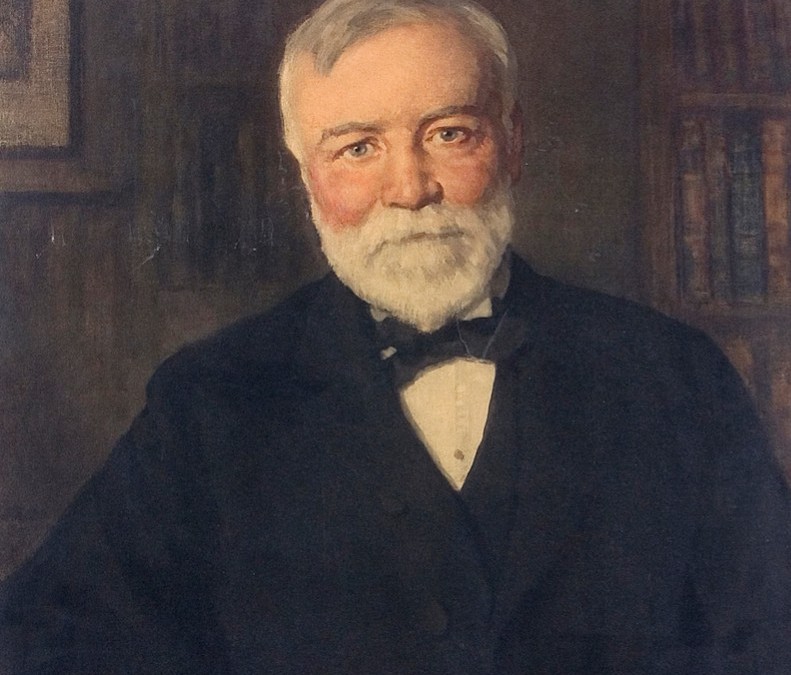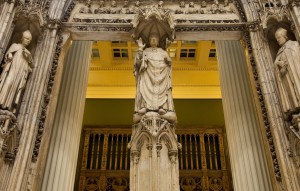Andrew Carnegie was a Scottish American industrialist once called “The Richest Man in the World”, amassed a vast fortune from the steel industry in the late 19th century. He spearheaded the idea of philanthropy amongst the industrial era’s ultra rich, giving away approximately $350 million to charity (or about 90 percent of his fortune) in his lifetime.
In 1889 he penned an article The Gospel of Wealth by which he called on the rich to improve society through philanthropic endeavors – as an obligation to the disadvantaged. Carnegie’s outspoken political views on the plight of the poor were often met with criticism but was successful in subsequently inspiring wealthy industrialists to create foundations, endowments and cultural institutions.
The origins of the Carnegie Museum of Art in Pittsburgh can be traced back to one initial concept which was summed up by Carnegie himself, “I am thinking of incorporating with the plan for a library that of an art-gallery in which shall be preserved a record of the progress and development of pictorial art in America.”
The Carnegie museum was the first true collection of modern art from inception, as referred by the industrialist as containing the “Old Masters of tomorrow”.
Under the directorship of Leon Arkus, the 125,000 square feet Sarah Mellon Scaife Gallery was built as an addition to the Institute. It first opened its doors to the public in 1974 with a surge of accolades.
The gallery has been in a state of fluid renovation ever since.
Next week, Part V: The Collection of Cornelius Vanderbilt












